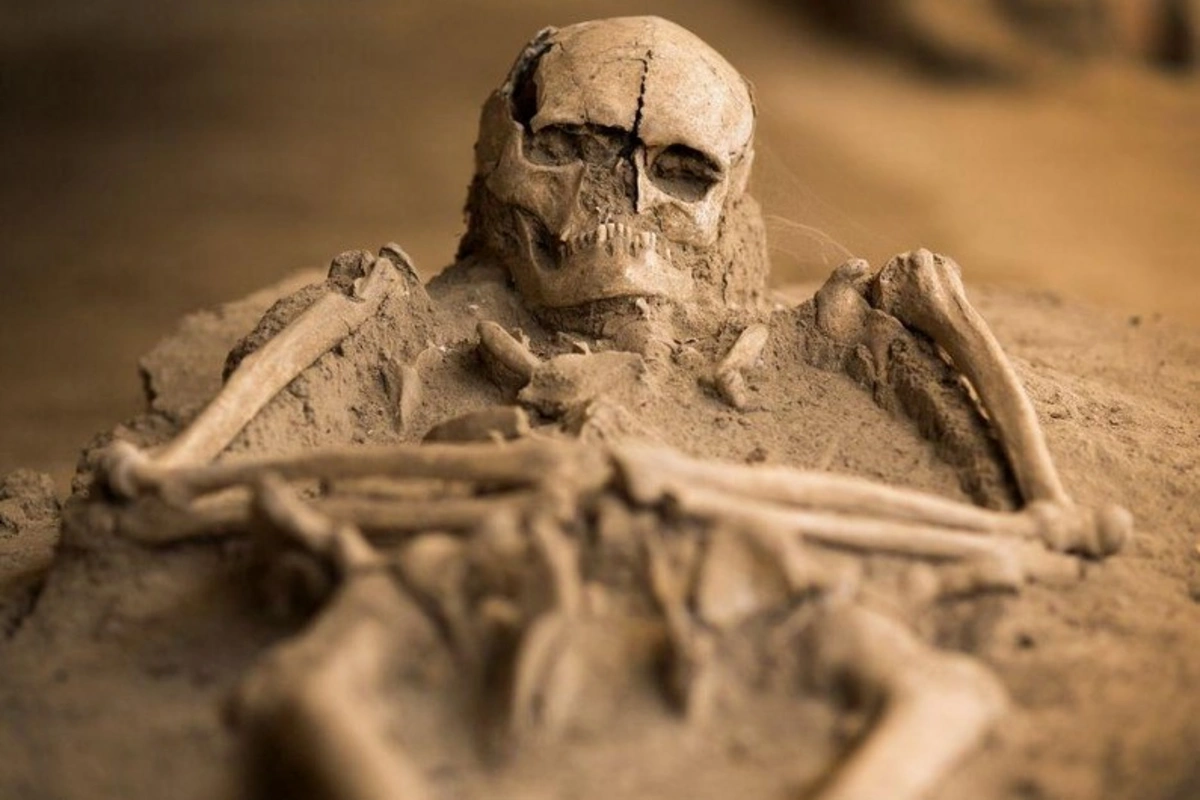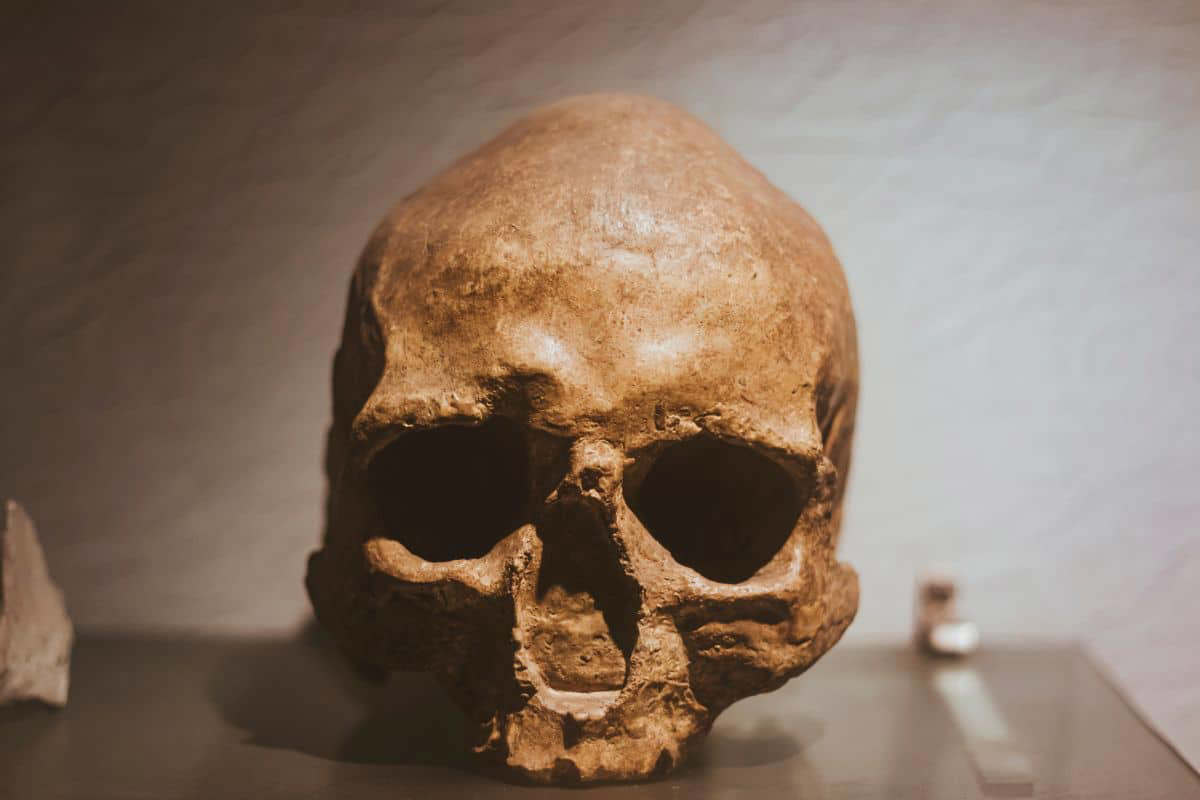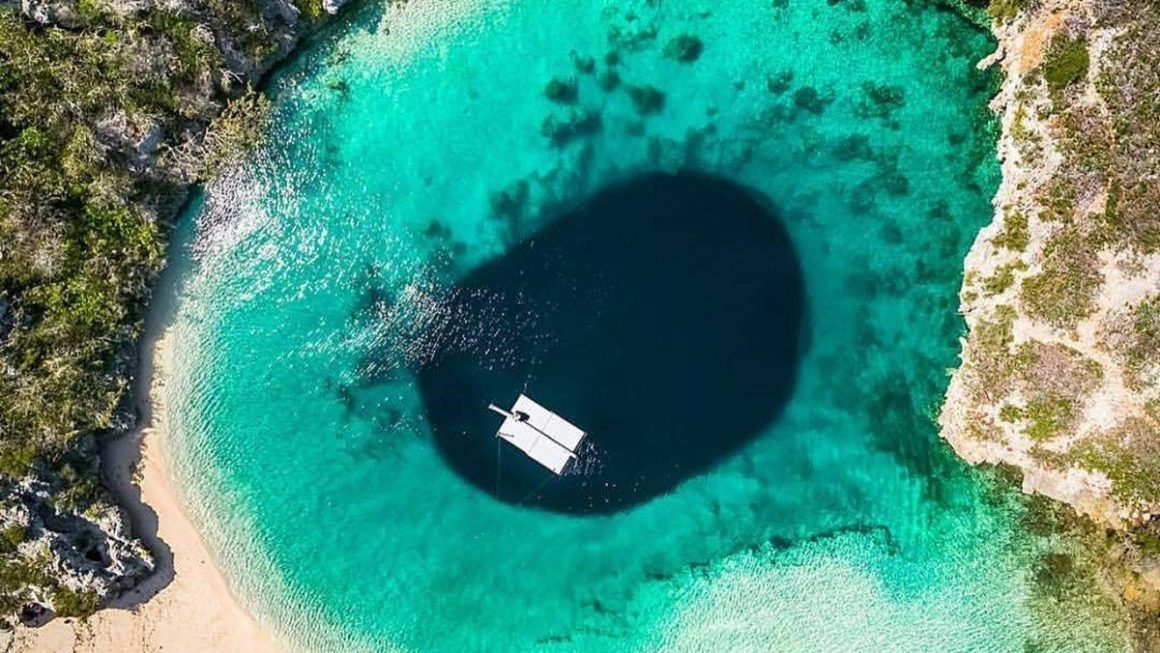The coroner’s office reported that the surprising discovery has scientific backing and could rewrite the region’s past.
Human remains dating back more than 4,000 years were found on the banks of the Whitewater River in Indiana, according to the local coroner.
An archaeological find in the Midwestern United States revealed that a portion of a human skull found on the banks of a river in Indiana is more than 4,000 years old, according to the local coroner’s office.
The news was released by the Fayette County coroner’s office, which explained that the remains emerged in June on the banks of the Whitewater River, located in a rural area of the state. The discovery was made after a local landowner notified the authorities after locating part of a skull exposed on the riverbank, as reported by CBS News.
According to the official report submitted by coroner Eddie Richardson, the find was particularly significant because of its age. Various scientific tests, including carbon-14 dating procedures, confirmed that the remains belong to a person who lived around 2300 BC, placing their origin at around 4,270 years ago.
‘This discovery underscores the importance of community vigilance and the need for professional collaboration,’ Richardson said in statements reported by CBS News and Telemundo. The official thanked the person who alerted the authorities and added, ‘I want to commend the landowner for his responsible action in immediately reporting the find.’
The Indiana coroner’s office confirmed through carbon-14 dating that the remains date back to approximately 2300 BC.
The scientific tests that made it possible to establish the chronology of the remains involved the participation of specialised institutions, such as the Centre for Human Identification at the University of Indianapolis and the dating team at the Centre for Applied Isotope Studies at the University of Georgia.
The coroner’s office explained that part of the skull was sent to Dr Alexander Cherkinsky at the University of Georgia on 17 September, where the results revealed that the bone was more than 4,000 years old, according to sources quoted by Telemundo.
The discovery was officially announced on the same day that the United States celebrated Indigenous Peoples’ Day, a day dedicated to remembering the country’s native cultures. According to a statement posted on social media, the Fayette County Coroner’s Office considered it ‘a powerful and humble reminder that people have walked this land, our home in Fayette County, for millennia.’ The institution stressed the need to address this matter ‘with the utmost respect and diligence.’
Experts from the University of Georgia and the University of Indianapolis collaborated to identify the age of the remains.

Currently, the coroner’s office is awaiting guidelines from the Indiana Department of Natural Resources to define the next steps to ensure that this ancestral discovery is treated appropriately in accordance with current cultural and legal standards. ‘We call on everyone to handle this matter with the utmost respect and care,’ the agency emphasised in its publication.
The case attracted the attention of various sectors dedicated to anthropological research and the protection of cultural property. The precise dating of the remains was considered a significant advance in determining human origins in the Indiana area, involving interdisciplinary collaboration between various scientific entities.
According to information gathered by the local NBC affiliate and cited by Telemundo, the dating and scientific evaluation work will continue under the supervision of experts and with the approval of the county council, in order to preserve the integrity of the remains and move forward with complementary studies.
The remains found on the banks of the Whitewater River are thus added to the collection of discoveries that document the presence of ancestral peoples in the United States, opening up new opportunities for research and respect for local history.




